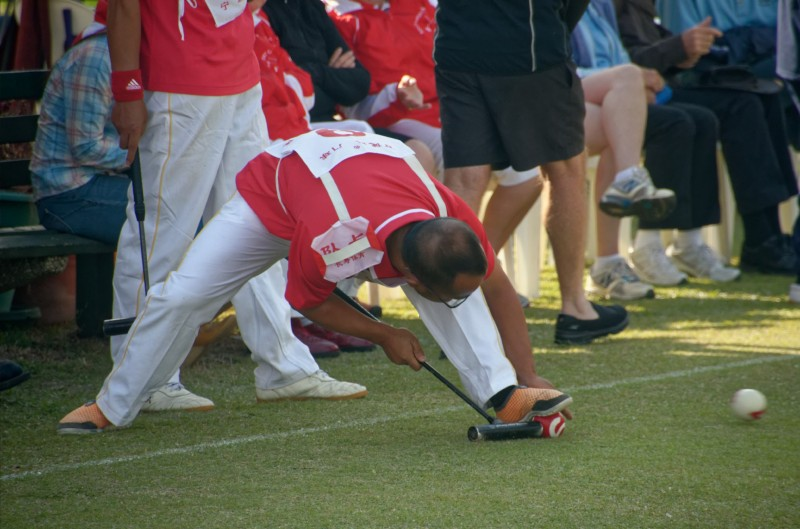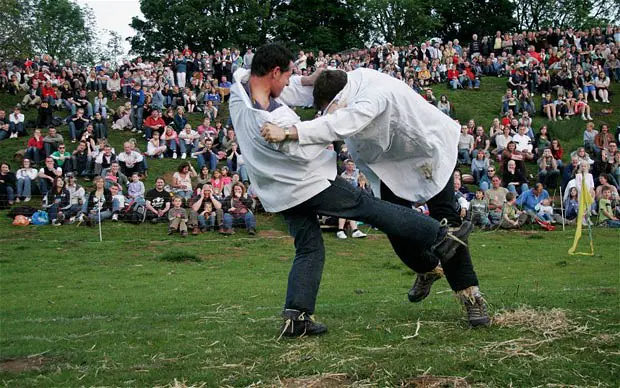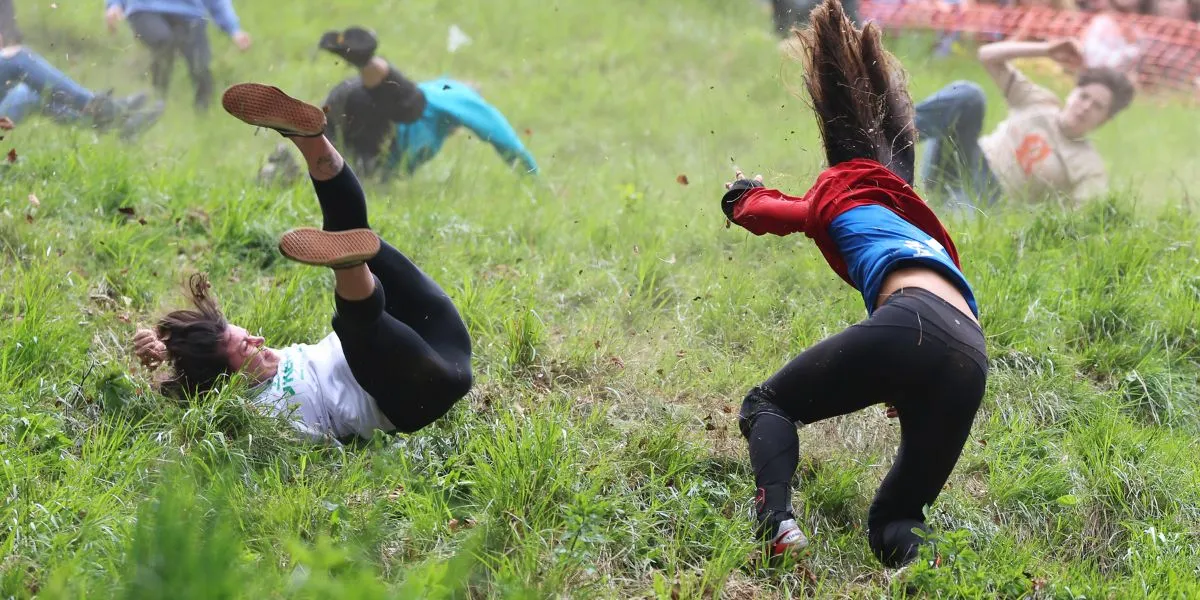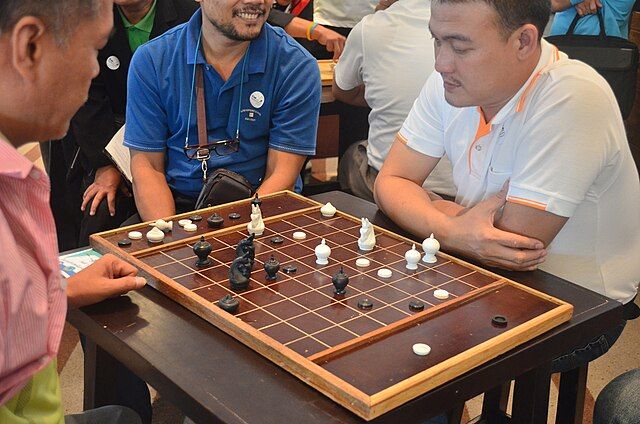The traditional game known as Pearl Ball originated with the Manchu people of northeastern China and remains a fascinating example of how cultural heritage can shape sports. Whereas many team sports evolve from modern athletic leagues or globalised disciplines, Pearl Ball descends from pearl-diving traditions and incorporates unique rules that distinguish it from basketball or netball.
In Pearl Ball each team has six players, with roles divided across three zones: attack, defence and scoring. Only the attacker in the scoring zone is permitted to shoot the ball into the net, while defenders use paddles to block and one special player guards the net. The field measures 28 by 15 metres and the game is played in two 15-minute halves. These structural rules reflect a deep understanding of teamwork, spatial roles and tradition.
For anyone studying global sports or participating in them, Pearl Ball offers several take-aways: respect for experience—this game encapsulates centuries of Manchu community life; expertise—it demands strategic awareness of zones and roles; authoritativeness—it’s officially recognised in Chinese national ethnic sporting events; and trustworthiness—its rules are recorded and consistent, preserving heritage through play. Integrating this game into broader sports-education or cultural-exchange contexts enriches our appreciation of how sport intertwines with identity and tradition.





